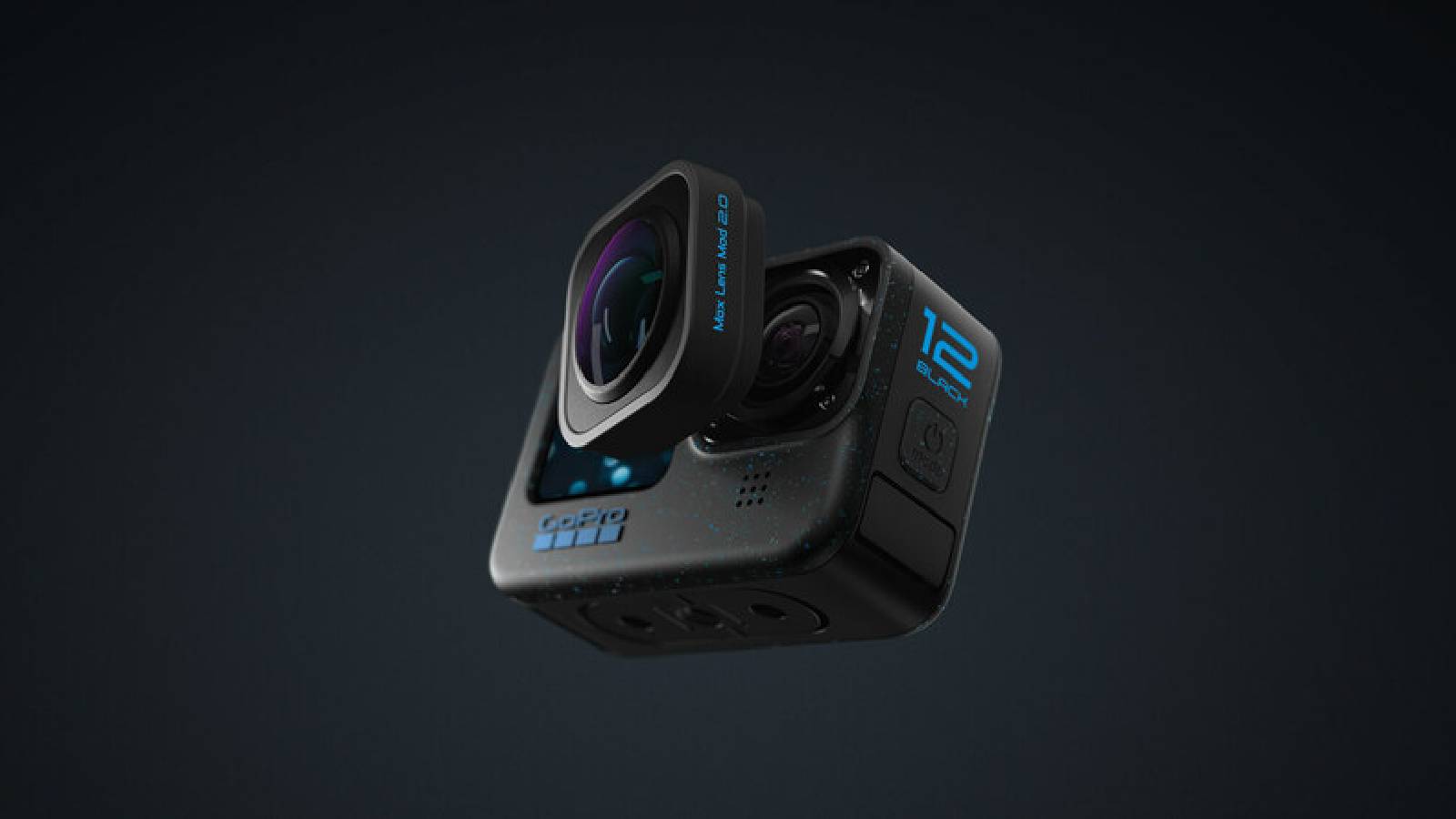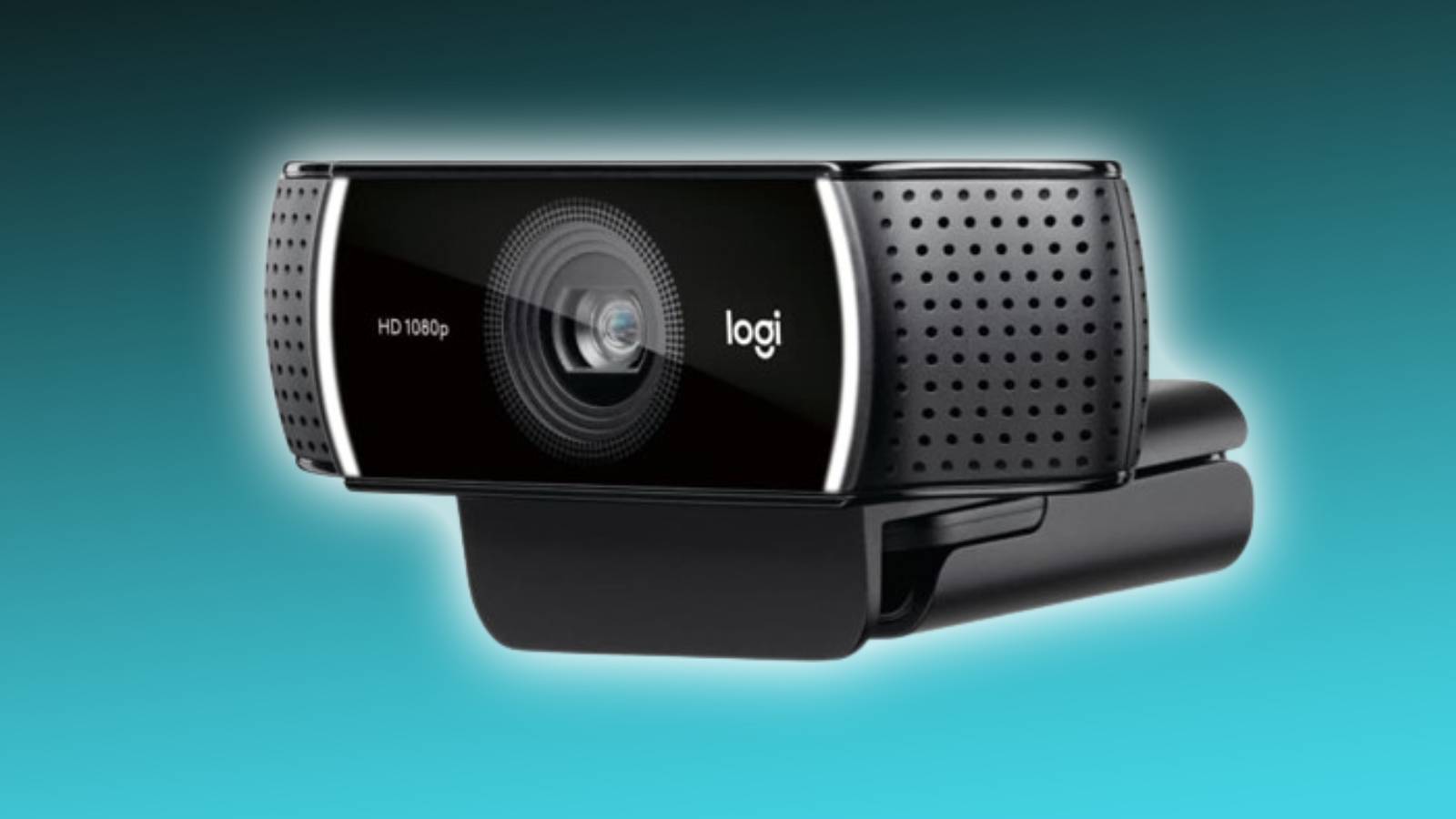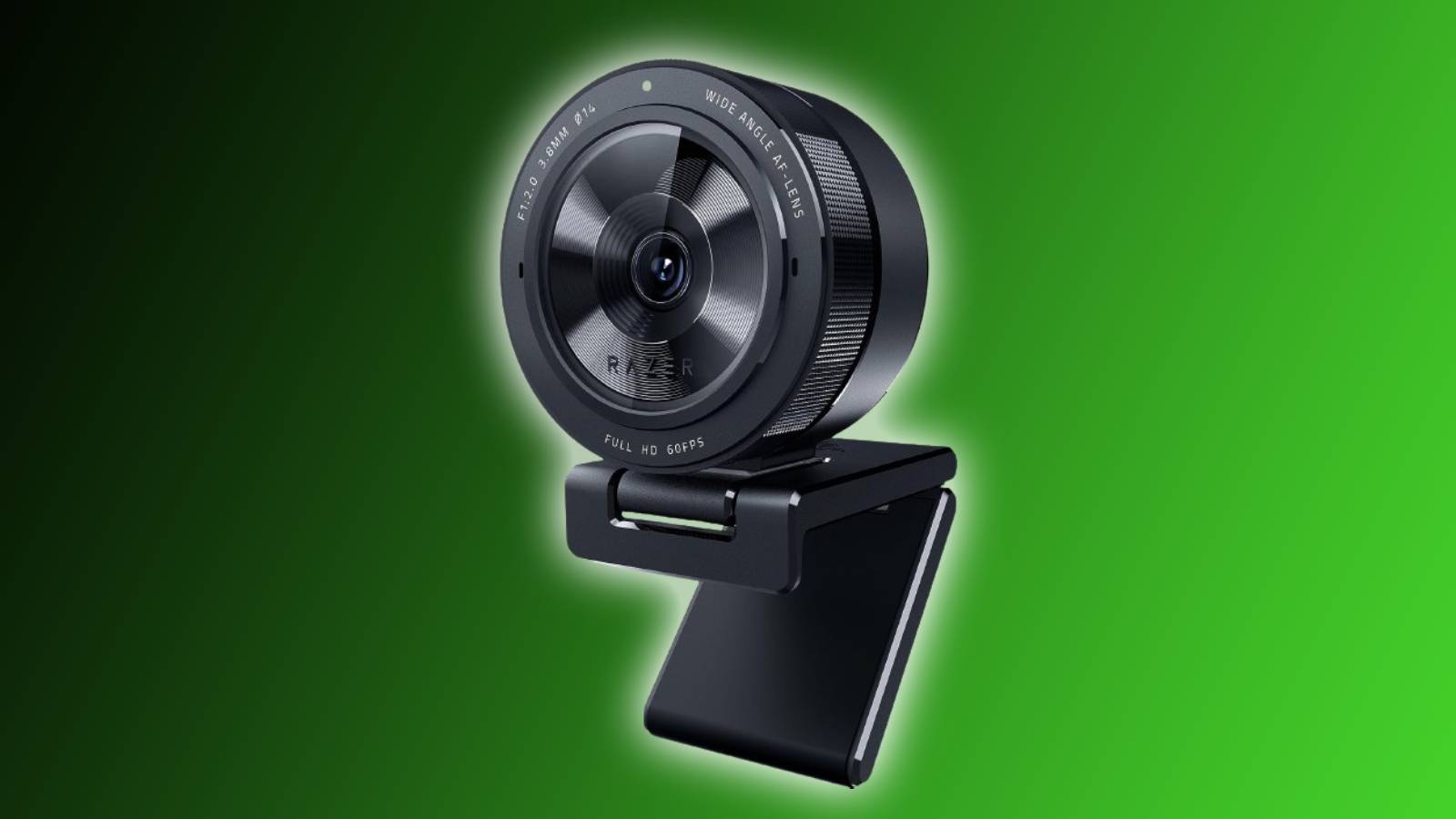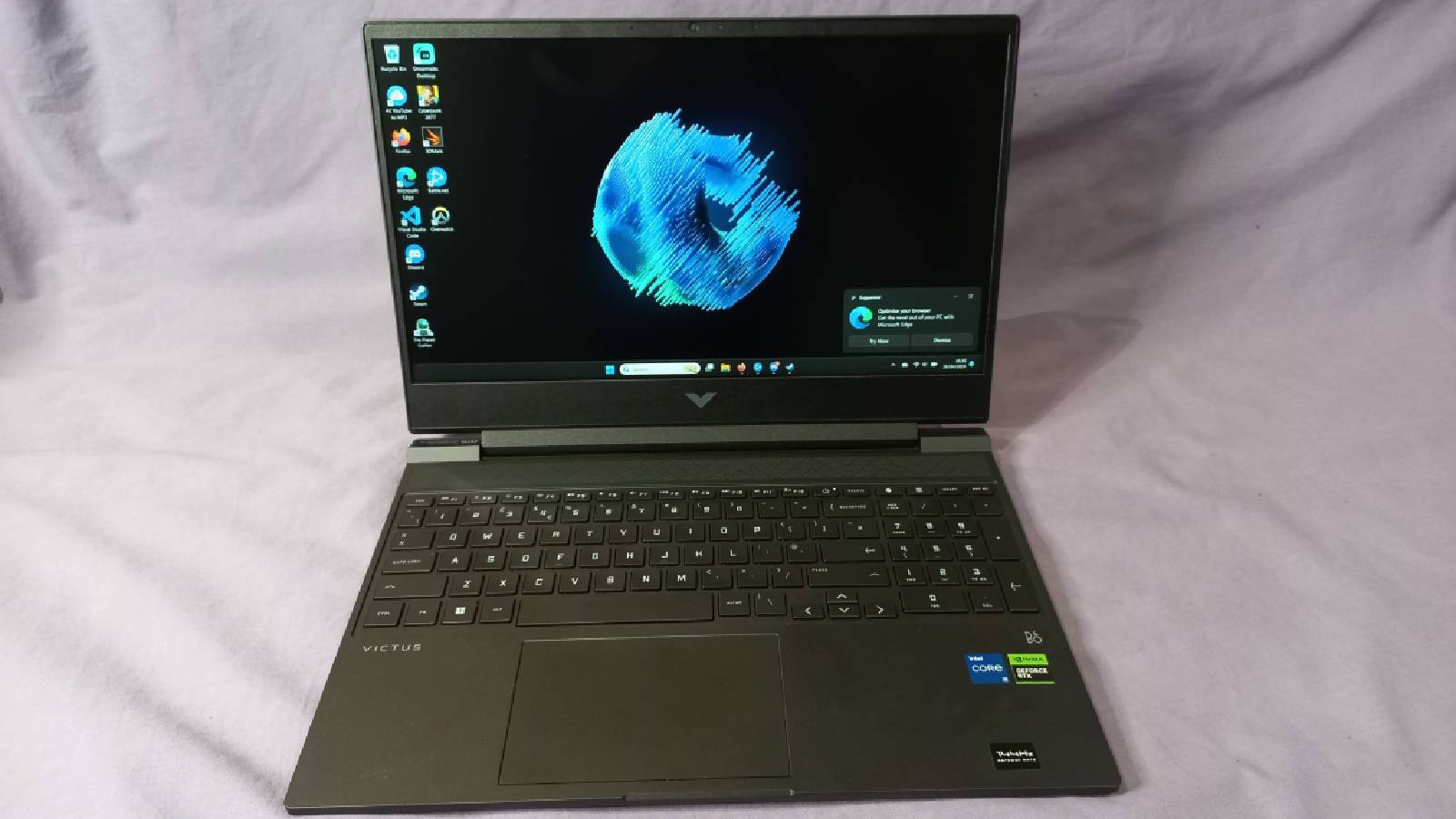Elgato Facecam MK.2 review: A quality upgrade
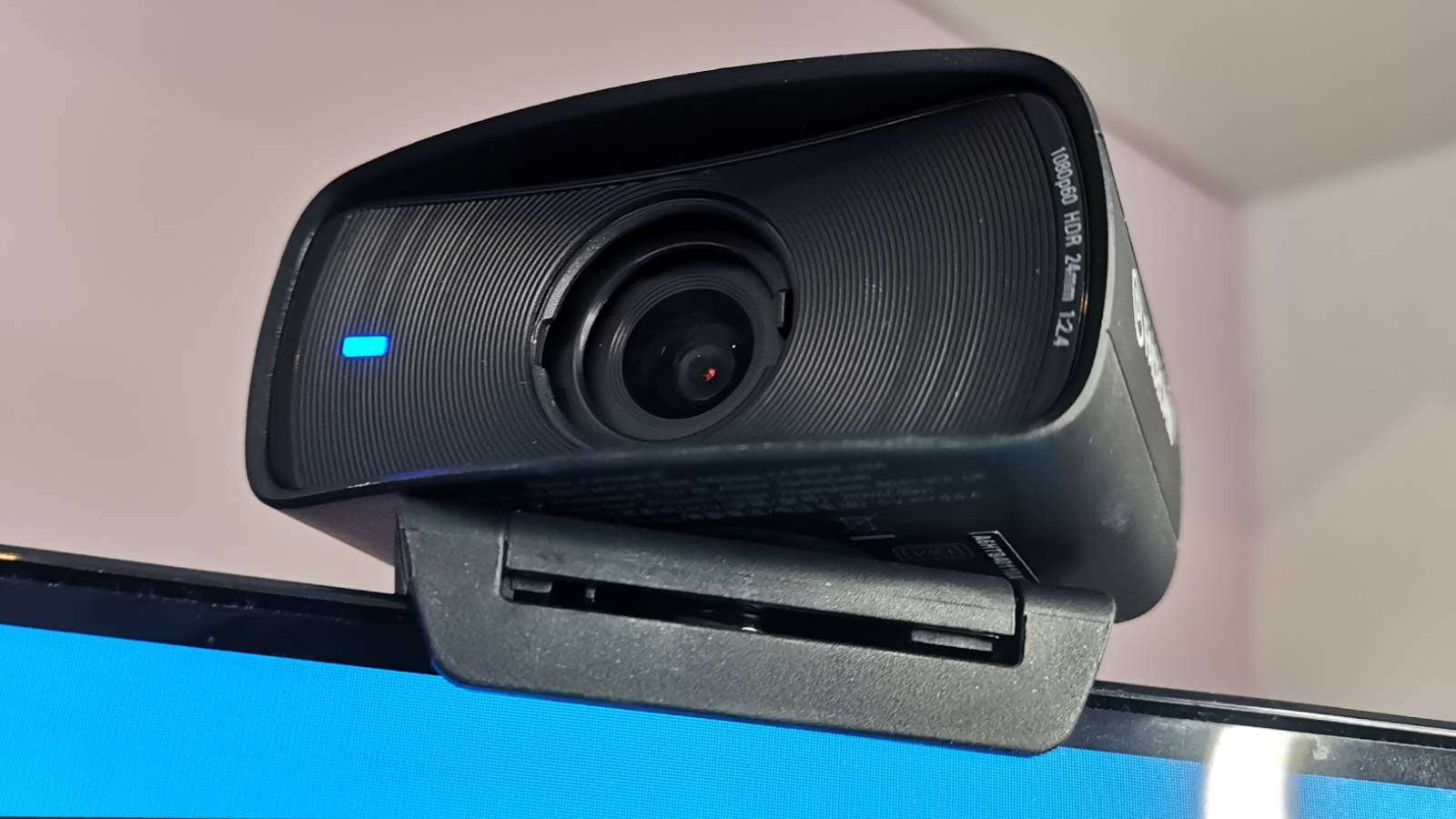 Dexerto
DexertoThe Elgato Facecam MK.2 is mid-range in quality, and mid-range in price, but the DSLR-like quality makes this compact webcam stand out from the crowd.
The Elgato Facecam lineup already has some heavy hitters providing high-quality webcam alternatives to using built-in cameras and DSLR cameras. The camera’s primary aim is to offer streamers a high-quality, no fuss camera that plugs into their existing streaming setup.
The Facecam MK.2 aims to land somewhere in the middle of the pack, with a higher-end and lower-end option from Elgato already on the market.
The Elgato Facecam MK.2 is not only a great addition to the Facecam lineup, but the new webcam provides some well-needed changes as it marks the next evolution of Facecam webcams.
From small notable differences, like a new compact size and full HD footage, to quality of life changes like its built-in privacy shutter, the Elgato MK.2 is a considerable upgrade from what came before.
Key specs
- Supported resolutions: 1080p60, 1080p30, 720p120, 720p60, 720p30, 540p120, 540p60, 540p30
- Field of view: 84 degrees
- Connection: USB-C
- Weight: 0.2 lb (without mount) 0.3 lgb (with mount)
- Dimensions: W 84 x H 38 x D 61 mm | 3.3 x 1.5 x 2.4 in (without mount)
- Features: Full HD 60fps, HDR-enabled, onboard flash memory, built-in privacy shutter
- Price: $149.99
Design
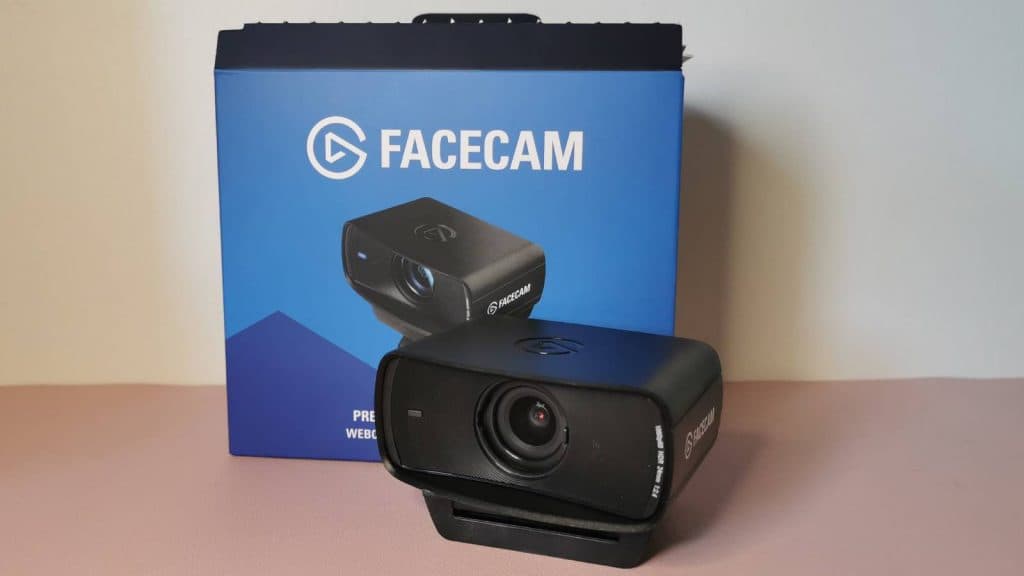 Dexerto
DexertoThe Elgato Facecam MK.2 continues the plain black rectangular look the Elgato Faceam lineup is known for, sadly along with the cheap plastic-feeling body. The matte black aesthetic doesn’t do much for bolstering the look of your setup and is as easily susceptible to the same marks and scuffs as the original Facecam Pro. Where the Elgato Facecam MK.2 truly differs, is its more compact size.
When taking the webcam out of the box for the first time, I was immediately taken aback by how less inconspicuous the webcam was. Even the box it came in, was petite.
Plenty of webcams come in small sizes, but my head was spinning through imagining the DLSR-like quality coming from tech that’s monumentally smaller than my Canon DLSR camera.
Its smaller, 38mm-tall form factor makes the webcam blend into the frame of your display once you get it set up. Even with the added size of the accompanying mount, which slightly overhangs across the top of my screen, it didn’t feel like a big intrusive peripheral, unlike a camera such as the Razer Kiyo Pro Ultra to my already cluttered desk full of tech and gadgets.
The webcam attaches to your monitor via the accompanying mount, which has a rubber ridge for hooking onto your screen, without causing any unwanted damage. The rear of the mount has an adjustable ledge, which works like a claw to grip to your monitor securely.
With the mount attached, the Facecam MK.2 has a field of view of 84 degrees, but adjusting the webcam’s position often results in the entire webcam moving, or even falling off your monitor.
However, anyone who wants to switch up their angles may want to invest in a different mount, or avoid attaching it to their primary display.
One of the neatest features of the MK.2 is its privacy cover. The first Facecam came with a detachable cover, which could be easily lost when set aside. With the MK.2, the cover is built right in, and easily slides closed when you’re done live-streaming or chatting with friends.
Features
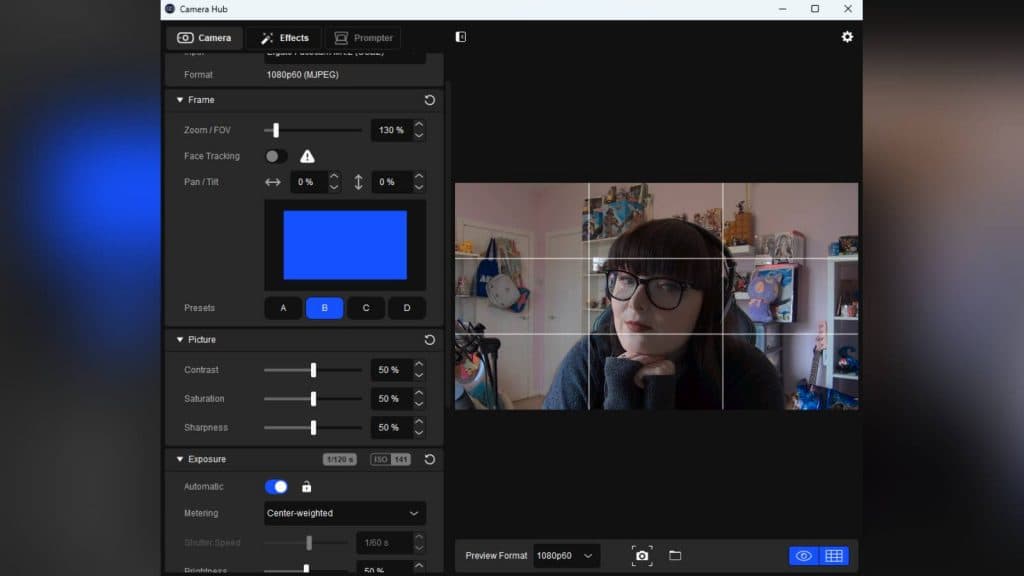 Dexerto
DexertoThe Elgato Facecam MK.2 comes packaged with a mount, and a detachable USB-C cable, which is all you need to get going. Like most modern webcams, the MK.2 can run fine through a plug-and-play connection, however, it’s through the Elgato Camera Hub that the true quality of the webcam, and its high-powered Sony STARVIS CMOS sensor can be seen.
The MK.2 “pro image” camera quality, even in the badly lit depths of my office, looks almost true to life. While it doesn’t quite capture the depth of a DSLR camera, the HDR support boosts the low-light surroundings to make the most of even the toughest of lighting situations.
Having a desktop ring light at hand will truly make the quality of the webcam stand out, however, even with the shadow of a looming gaming PC, your footage can still be clear enough for chatting with friends, work meetings, and even streaming. Like with any camera setup, it’s recommended to have multiple light sources, which will only enhance the already impressive capabilities of the MK.2 webcam.
Image Quality
When swapping out my beloved original Elgato Facecam for the MK.2, I wasn’t immediately taken with the video quality I saw staring back during work meetings.
Yet, after downloading the Elgato Camera Hub software provided for me for this review, and ensuring it was running, I was shocked at the image quality that the compact webcam, with its 30–120 cm focus range, and f/2.4 aperture, could muster.
Elgato Camera Hub
Using the ‘Elgato Virtual Camera’ settings through Google Meet will connect your video source directly to the Elgato Camera Hub, where you can have full control of your webcam’s settings, video quality, and more customized settings. Here, I witnessed just how fluid the motion of the webcam’s integrated Sony Starvis CMOS Sensor was, seeing myself stare back in clear, crisp, and true-to-life camera quality.
Within the Camera Hub, there are several settings you can customize to boost the image quality even further. At default, the image quality format will be set to 1080p60fps, but you can change this to your liking, and see how it affects the footage straight away from the preview display. You also have access to changing the exposure, and ISO, giving you a similar control to using a real-life DSLR camera.
If you don’t want to show off your background, from the Elgato Camera Hub you can select between four different pre-set zooms, or set it manually so you can frame your MK.2 footage to your liking. Whether you’re in Google Meet or OBS, this will affect how you’re framed there too.
There are even some effects you can play with, letting you mirror or flip the orientation of your footage, blur your background, and even an AR eye contact setting to keep your eye on your audience. But, if you want a camera that follows your every move, you might want to invest in the Insta360 Link instead. However, you will need an Nvidia RTX 2060 graphics card or better to use them.
Should you buy it?
The Elgato Facecam MK.2 is an impressive next step up for the Facecam lineup, and its price point feels entirely justified as a result. At $149.99, that’s still no small fee to pay purely for a webcam, regardless of your budget. Yet it’s a fraction of what you’d expect to pay for a DSLR camera, with similar quality and customizable settings.
It’s not the most expensive Elgato Facecam available, that award goes to the Elgato Facecam Pro, which provides true 4K quality. However, the full HD capabilities of the Elgato Facecam MK.2 are more than enough to impress friends, co-workers, or those stumbling upon your recent live stream, so long as you have the lighting to pair it with.
Verdict: 4/5
The Elgato Facecam MK.2 is another knock out of the park for the Facecam brand, and although it isn’t the highest-spec webcam the line has to offer, its DSLR-like quality even during low-lit situations, makes it an ideal accessory for live-streaming.
If you click on a product link on this page we may earn a small affiliate commission.
